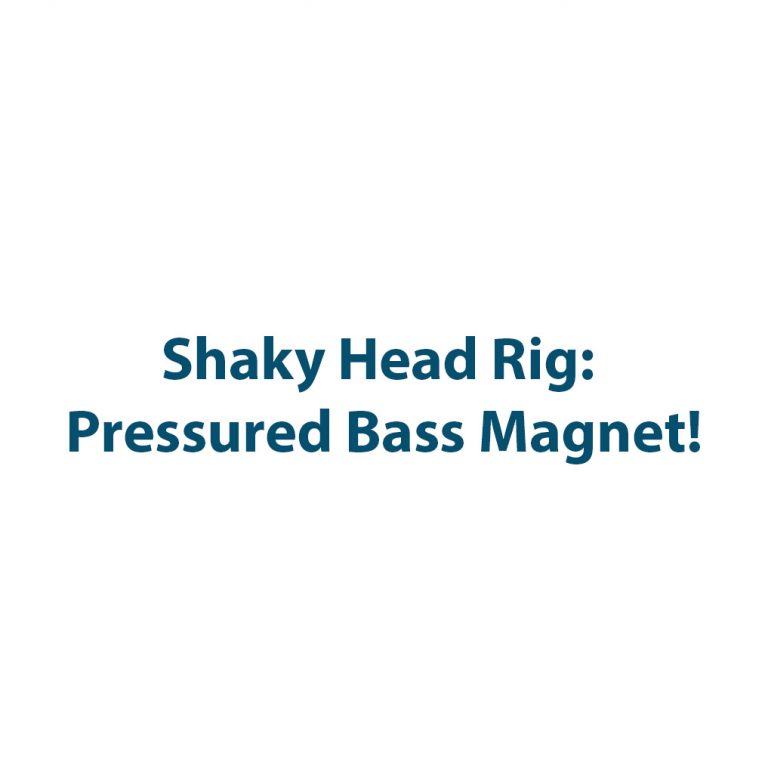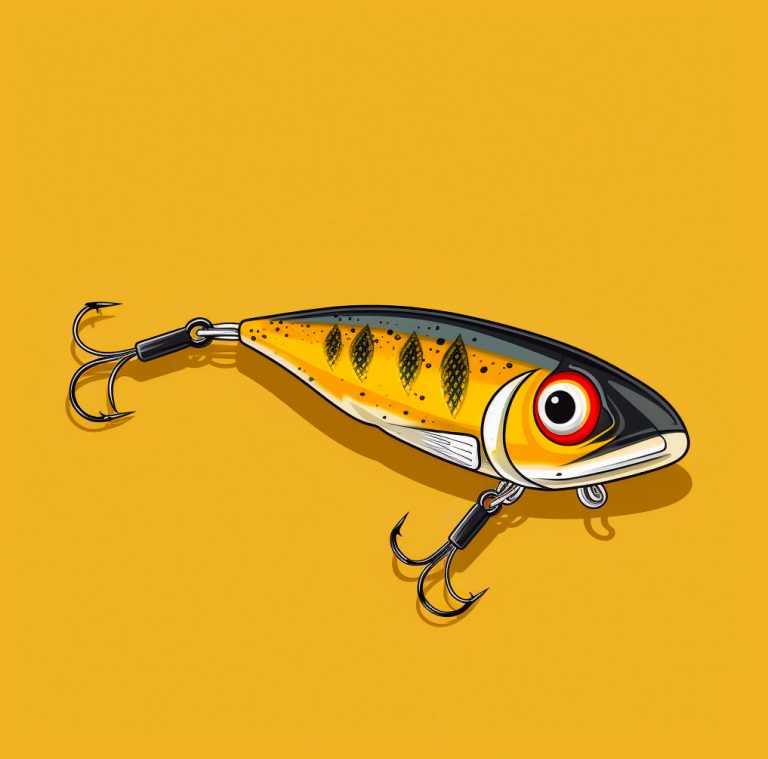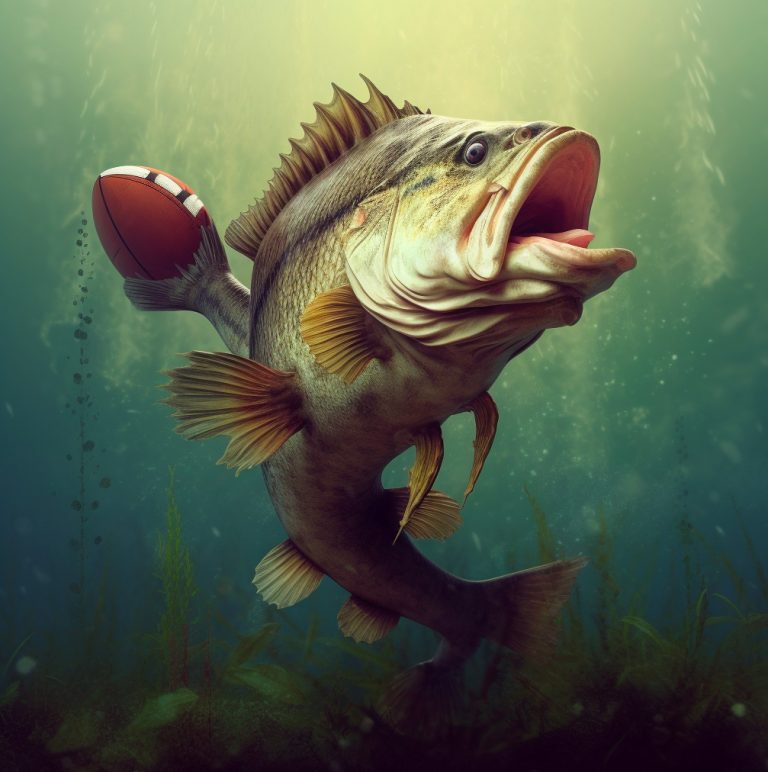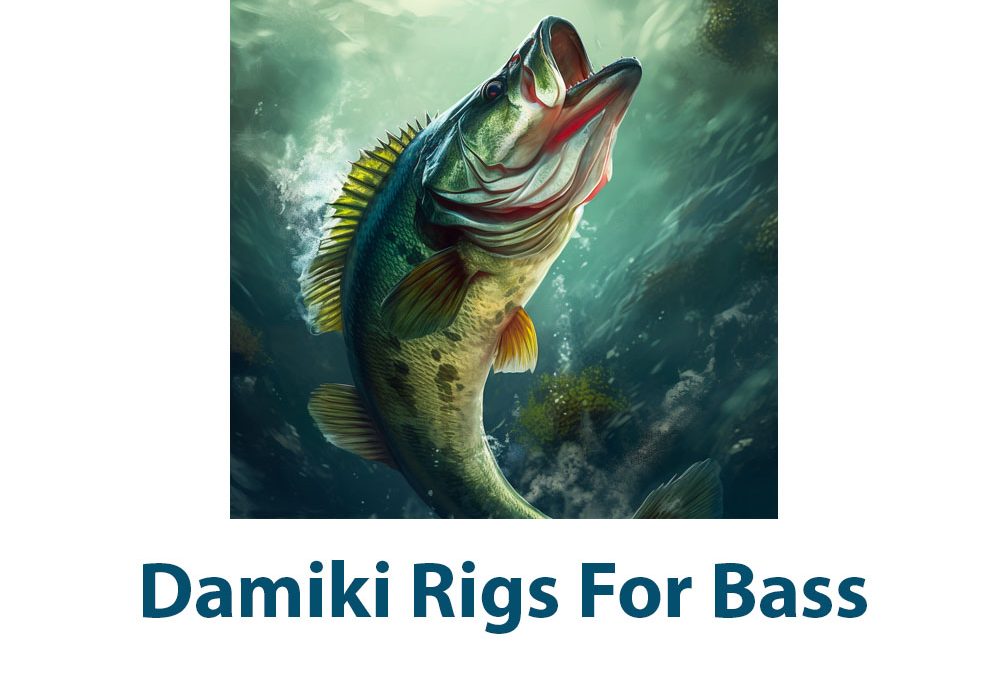As an avid fisherman, I’m always looking for new techniques and rigs to try out. One of the rigs that had been popping up on my radar lately is the Damiki Rig for bass fishing. To be honest, I was a bit perplexed by it at first – what was this rig and how was it different from other bass fishing rigs I’ve used in the past? But the more I dove in and experimented with the Damiki Rig, the more I discovered its unique strengths and quirks.
So, let’s dive in and take a closer look at the Damiki Rig for bass fishing.
What is the Damiki Rig?
First things first, let’s define what we’re working with here. The Damiki Rig gets its name from the South Korean fishing tackle company that popularized it. It’s a finesse rig that consists of a soft plastic lure rigged onto a jig head, with a split ring and hook attached.
The unique feature of the Damiki Rig is the split ring, which provides extra mobility and action to the lure. As you retrieve the lure, the split ring allows the jig head and the soft plastic to swim and move in a way that can be very enticing to bass.
Why is the Damiki Rig effective for bass fishing?
One of the biggest strengths of the Damiki Rig is its finesse and subtlety. The soft plastic lure paired with the lightweight jig head allows for a more natural presentation that can be very effective in pressured or clear water situations.
Bass can be wary creatures, especially in highly fished areas where they may have seen the same lures and presentations time and time again. The Damiki Rig’s delicacy and finesse can be a breath of fresh air for these fish, making it a great option for fishing in heavily fished waters.
Additionally, the split ring on the Damiki Rig allows for extra movement and action in the water, which can often be the difference between a bite and a pass. As the jig head and soft plastic swim through the water, the split ring allows for a more natural, lifelike motion that can be very enticing to bass.
Components of the Damiki Rig
Now that we know what the Damiki Rig is and why it’s effective for bass fishing, let’s break down the specific components that make up this rig.
Soft plastic lure
The soft plastic lure is the star of the show when it comes to the Damiki Rig. You can use a variety of different soft plastics, but some popular options include worms, swimbaits, and creature baits. When selecting your lure, consider the size and color that will work best for the particular body of water you’re fishing in.
Jig head
The jig head is what attaches the soft plastic lure to the rig. It’s important to choose a jig head that matches the size and weight of your soft plastic lure to get the best action and presentation in the water.
Split ring
The split ring is what allows the jig head and soft plastic lure to move freely and wiggle in the water. Make sure to choose a split ring that is strong and durable, as it’s an integral part of the rig’s action.
Hook
Finally, you’ll need a hook to attach to the split ring and secure your bait. Choose a hook size and style that works well with the size and weight of your lure, and make sure to tie a strong knot that will keep the hook in place during retrieval.
How to set up the Damiki Rig
Setting up the Damiki Rig can be a bit tricky at first, but with practice, it becomes second nature. Follow these steps to get your Damiki Rig ready to fish:
- Start by feeding the split ring onto the jig head, and then attach the hook to the split ring.
- Insert the hook through the head of the soft plastic lure, and then thread it down the body of the lure until it reaches the desired position.
- Insert the jig head into the soft plastic, making sure it’s centered and secure.
- Adjust the hook and soft plastic lure as needed to get the desired action and profile.
- Tie your line onto the split ring and you’re ready to fish!
Techniques for fishing the Damiki Rig
Now that your Damiki Rig is set up, it’s time to hit the water and start fishing. Here are some techniques to try out:
Cast and retrieve
One of the most effective techniques for the Damiki Rig is a simple cast and retrieve. Cast out your rig to your desired location, and then retrieve it slowly and steadily to allow the split ring, jig head, and soft plastic to move through the water naturally.
Jigging
Another technique to try is jigging, where you intermittently twitch and jerk your rod tip to make the bait jump and move through the water. Experiment with different cadences and actions to see what works best in your particular fishing location.
Drop shotting
The Damiki Rig can also be used for drop shotting, where the rig is cast out and the soft plastic is suspended off the bottom with the jig head. This technique can be especially effective in deeper water or when fishing around underwater structures.
Tips for success when using the Damiki Rig
Here are some additional tips to keep in mind when using the Damiki Rig to maximize your chances of success:
Choose the right lure and colors
The key to success with the Damiki Rig is matching the soft plastic lure and color to the particular fishing conditions you’re working with. Cropping chart, water clarity, and time of day can all affect which color lures will be most effective.
Rigging variations
Experiment with different rigging variations to see what works best for you. For example, you can choose to rig your soft plastic either horizontally or vertically, depending on the type of action you’re looking for. Try out different soft plastic shapes and sizes as well.
Understand bass behavior
Finally, it’s important to have a basic understanding of bass behavior when fishing with the Damiki Rig. Pay attention to weather patterns, water temperature, and feeding habits to figure out where and how bass are likely to be biting.
Common mistakes to avoid when using the Damiki Rig
Of course, no fishing rig is foolproof, and there are a few common mistakes to avoid when using the Damiki Rig:
Poor casting technique
Because the Damiki Rig is a light finesse rig, it’s important to master your casting technique to get the most out of it. Make sure to practice your casting before hitting the water, and adjust your technique as necessary for different wind and weather conditions.
Wrong hook and lure selection
As we’ve mentioned before, selecting the right hook size and lure
is crucial when using the Damiki Rig. Make sure to choose a hook and lure that are appropriate for the size and weight of fish you’re targeting, as well as the body of water you’re fishing in.
Fishing in the wrong location
Even if you have the perfect rig set up and are using the right technique, fishing in the wrong location can result in a frustrating day on the water. Do your research and figure out where bass are most likely to be biting under current conditions.
Conclusion
All in all, the Damiki Rig can be a highly effective and versatile tool for bass fishing. With its finesse and subtlety, it’s a great option for fishing in heavily pressured or clear water conditions. However, it does require some practice and attention to detail to get the most out of it.
I hope this article has been helpful in demystifying the Damiki Rig for you and giving you some new ideas to try out on your next fishing trip. Tight lines!

Damiki Rig Guide For Bass In Every Season
Introduction As an avid angler, I have always been fascinated by the various fishing techniques used to catch different types of fish. Over the years, I have studied and experimented with different types of rigs, baits, and lures to improve my fishing game. However, one rig that has consistently remained in my tackle box is […]

Chatterbaits In Every Season For Bass
When it comes to bass fishing, we all know that having the right gear and techniques can make a huge difference in your success. That’s where chatterbaits come in. These versatile lures are effective in all seasons, from winter to fall. But how do you know which ones to use and when? As an avid […]

Shaky Head Rigs For Bass: Pressured Bass Magnet
Introduction Good day! You should absolutely learn about shaky head rigs if you want to improve your bass fishing abilities. These rigs are simple to assemble, adaptable, and efficient in catching several types of bass. This article will provide a thorough examination of shaky head setups for bass fishing. What they are, how to set […]

Jerkbaits For Bass: For Quality And Numbers
As an avid bass angler, I’ve tried all sorts of lures over the years. But there’s one type of bait that has consistently produced results for me – jerkbaits. These versatile lures have become a mainstay in my tackle box and are my go-to choice when targeting bass. In this comprehensive guide, I’ll share everything […]

Jerkbaits in Every Season For Bass
Hey there, my fellow fishing enthusiasts! Are you tired of using the same old baits all year round? Well, today we’re going to talk about something that will spice up your fishing game – jerkbaits! And not just any jerkbaits, but jerkbaits that you can use in every season for bass fishing. I know, I […]

A Guide To Football Jigs For Bass
Introduction As a lifelong angler, I’ve tried my hand at countless types of fishing for different species. But when it comes to fishing for bass, there’s one technique that has stood out above the rest: using football jigs. At first, I was skeptical. The jigs didn’t look like they had much action in the water […]

